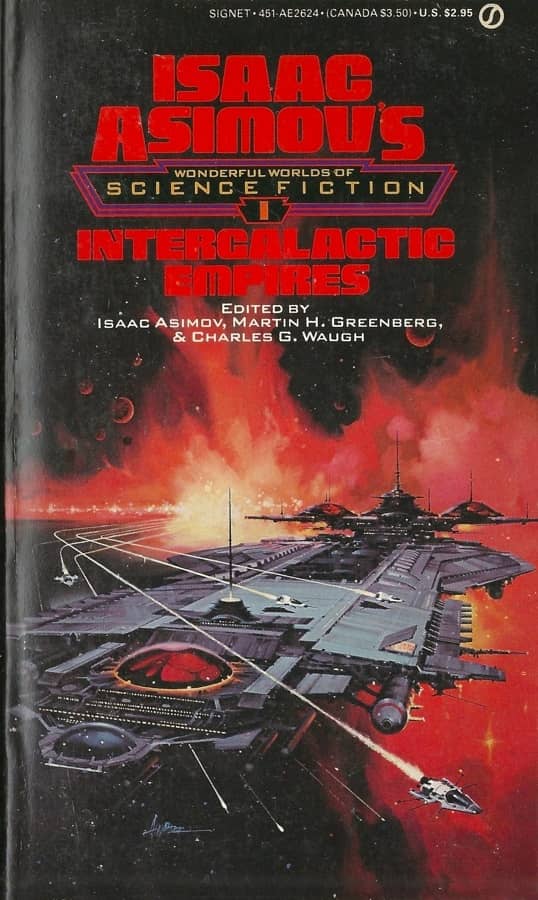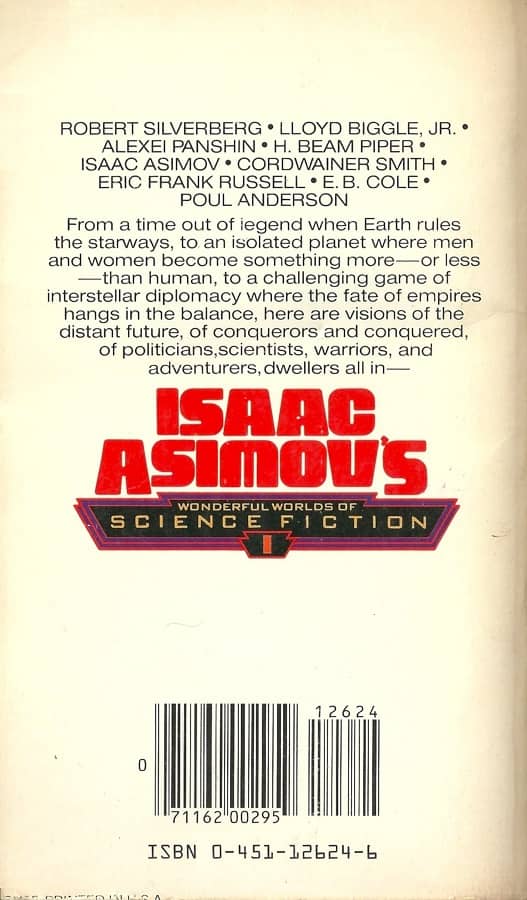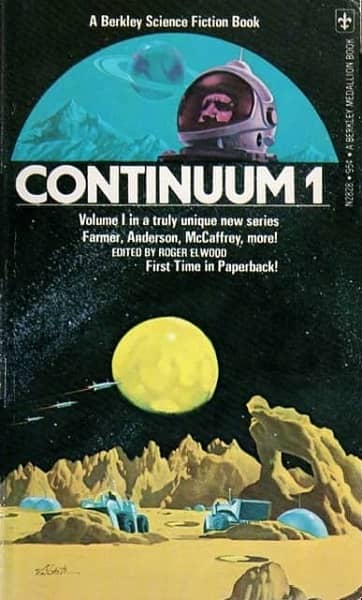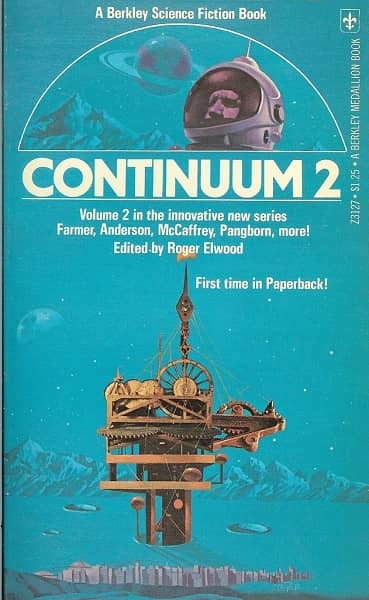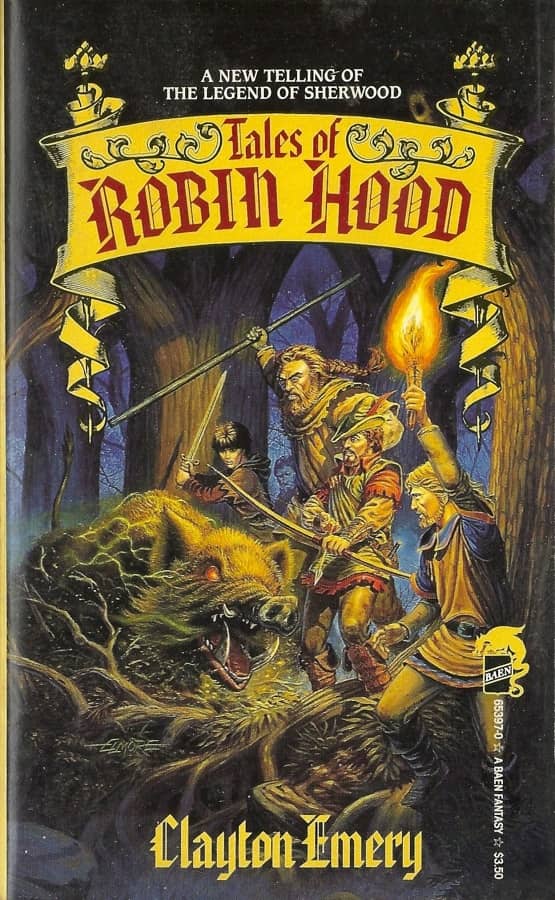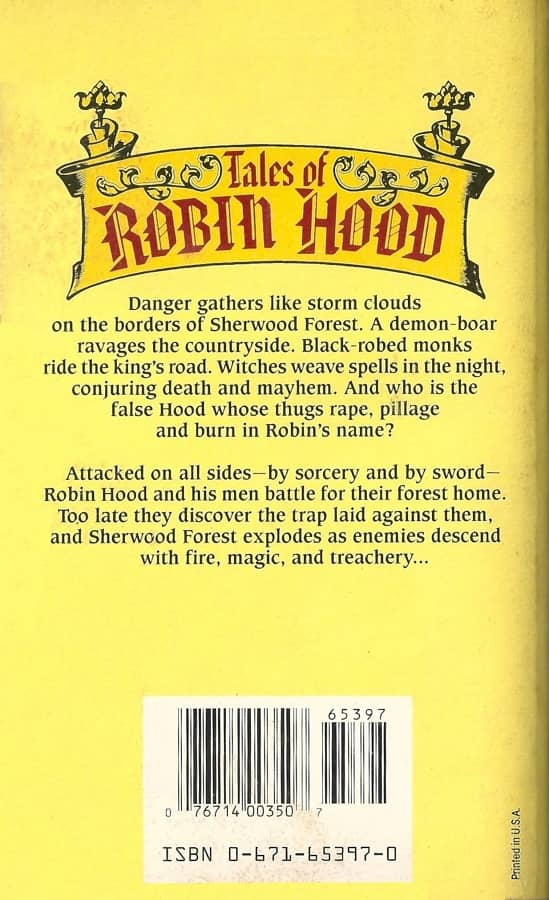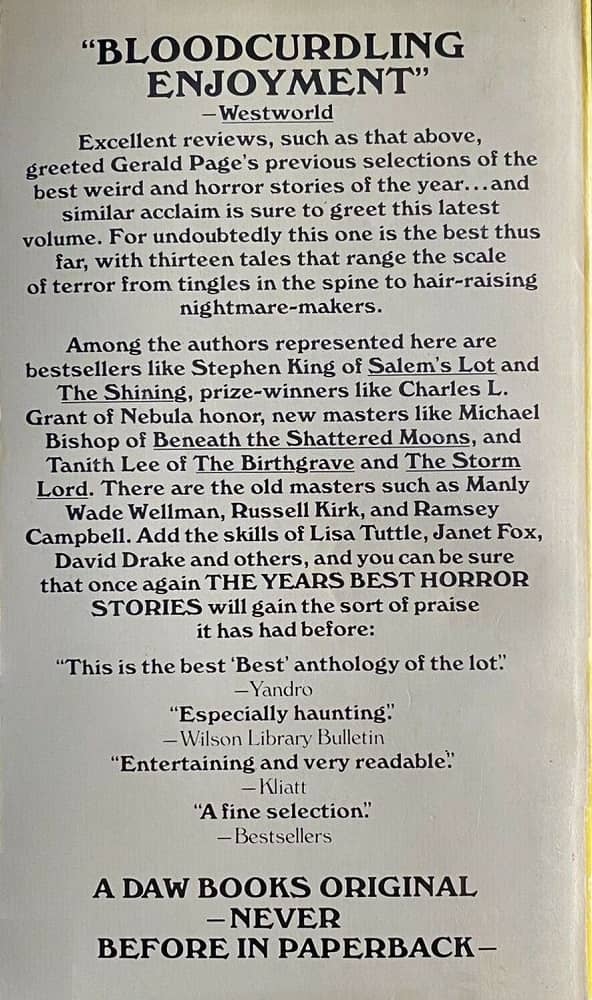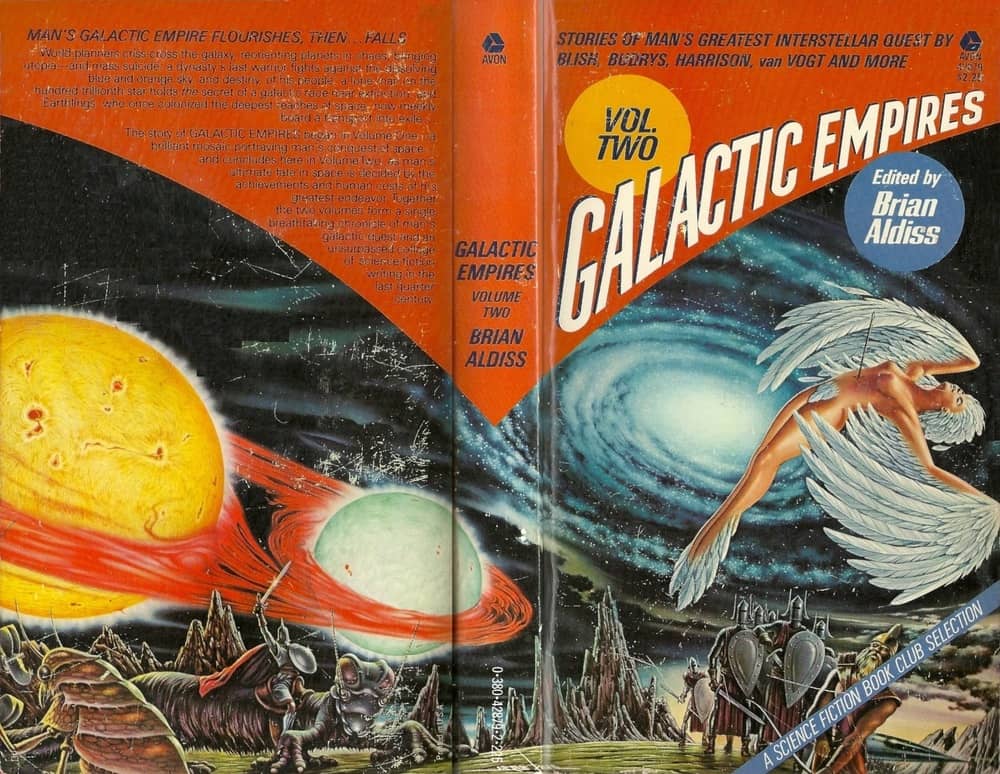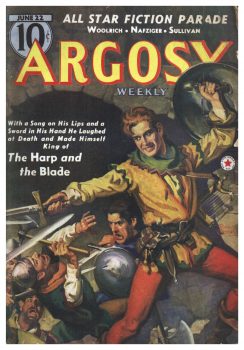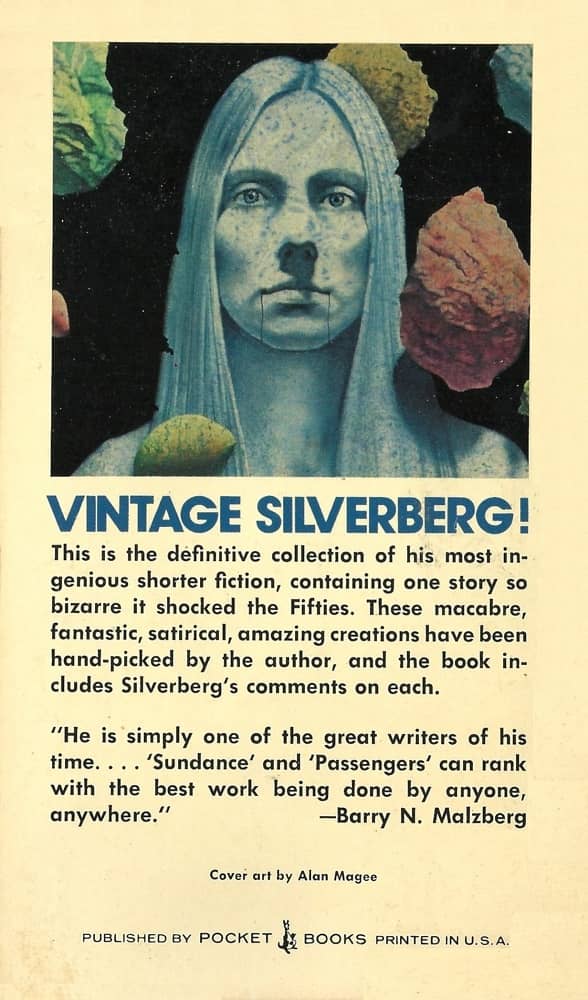Vintage Treasures: The Dominions of Irth Trilogy by Adam Lee (A. A. Attanasio)
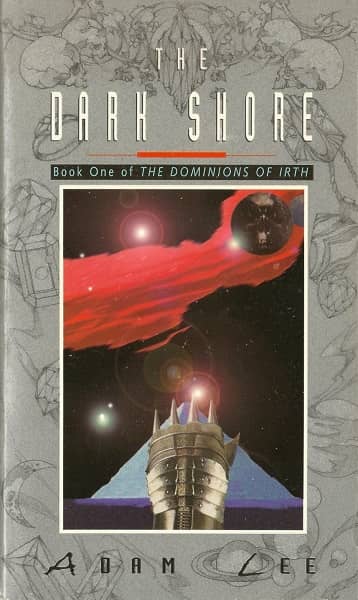 |
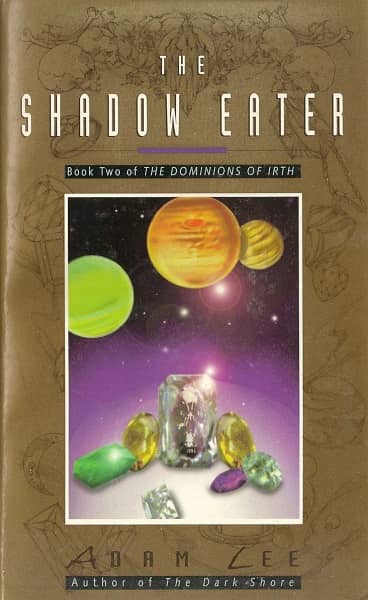 |
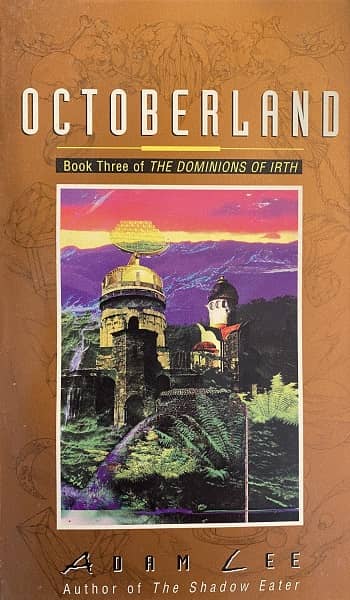 |
The Dominions of Irth Trilogy by Adam Lee (Avon Eos, 1998-2000). Covers uncredited
The first science fiction website I ever launched was the SF Site, way back in 1995. I partnered with Rodger Turner, Neil Walsh, and Wayne MacLaurin to start Canada’s first big SF book blog, and it was a big success, with plenty of early traffic and award nominations. Best of all, we were soon on a first-name basis with the publicity departments at most of the big publishing houses. That’s how I met Andy Heidel at Avon, who helped me understand their big relaunch as they morphed from Avon Nova into Avon Eos in 1998 — including why they jettisoned cover art in favor of purely design-focused covers (“We’re trying to be the next big thing,” Andy explained).
I loved Avon Eos, and their dedication to quality SF and exciting new authors, but I didn’t love those covers. Frankly, I think readers didn’t know what to make of all the abstract shapes and colors, and especially the lack of identifiable heroes or storytelling elements, and they stayed away in droves. Eos eventually reverted to traditional covers, but I don’t think it ever recovered, and it is no longer a functioning imprint.
I think that misfire hurt most of Avon’s authors in the late 90s. Including “Adam Lee,” the pseudonym A. A. Attanasio adopted to publish his critically acclaimed Dominions of Irth trilogy in the US. The series appeared with a series of generic cover designs, and pretty much sank like a stone. “Adam Lee” died a lonely death, and Attanasio returned to publishing under his own name.
